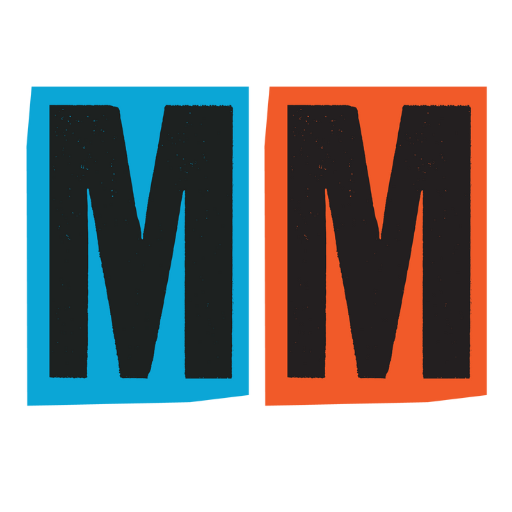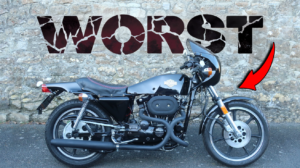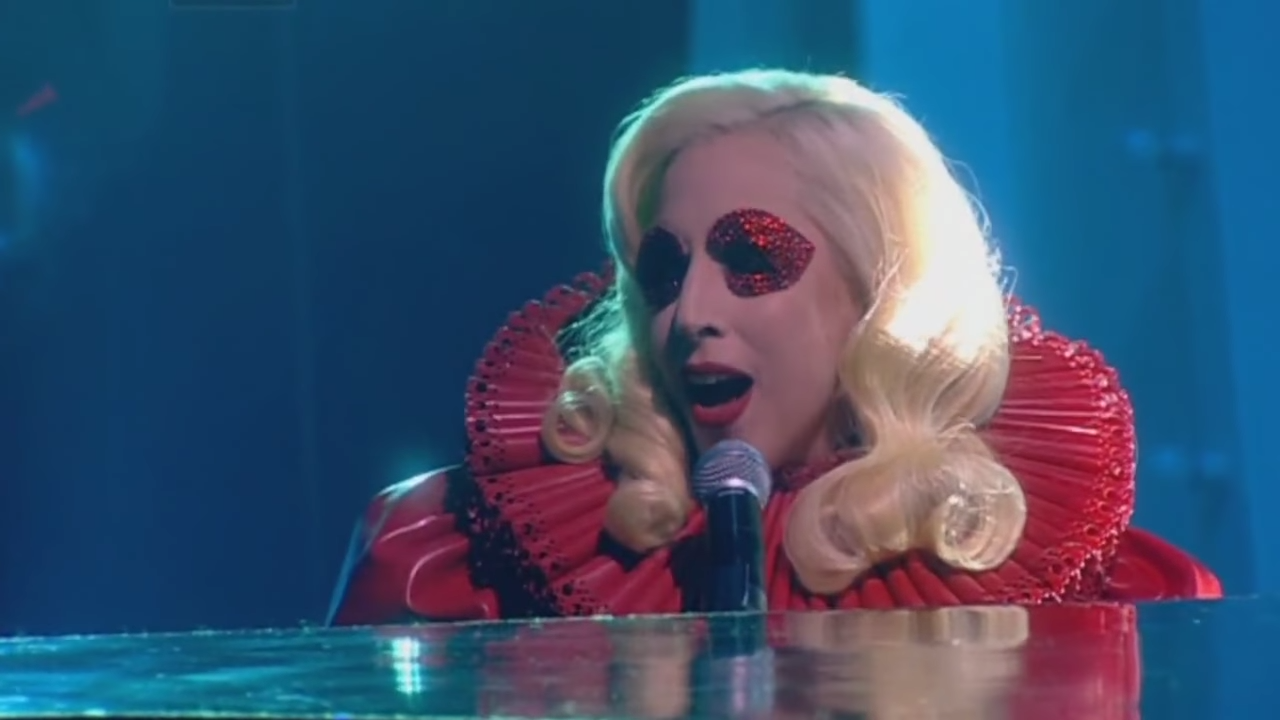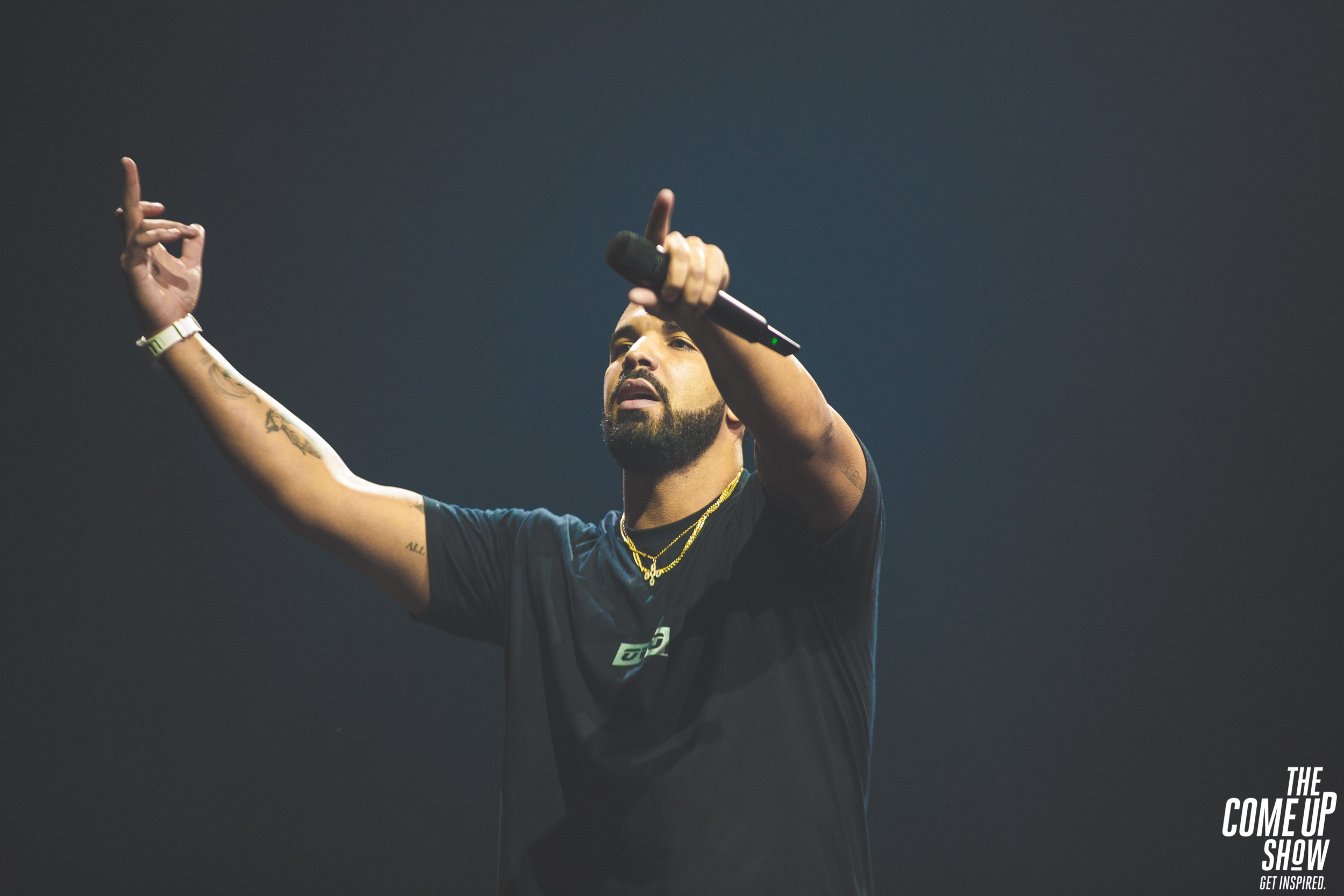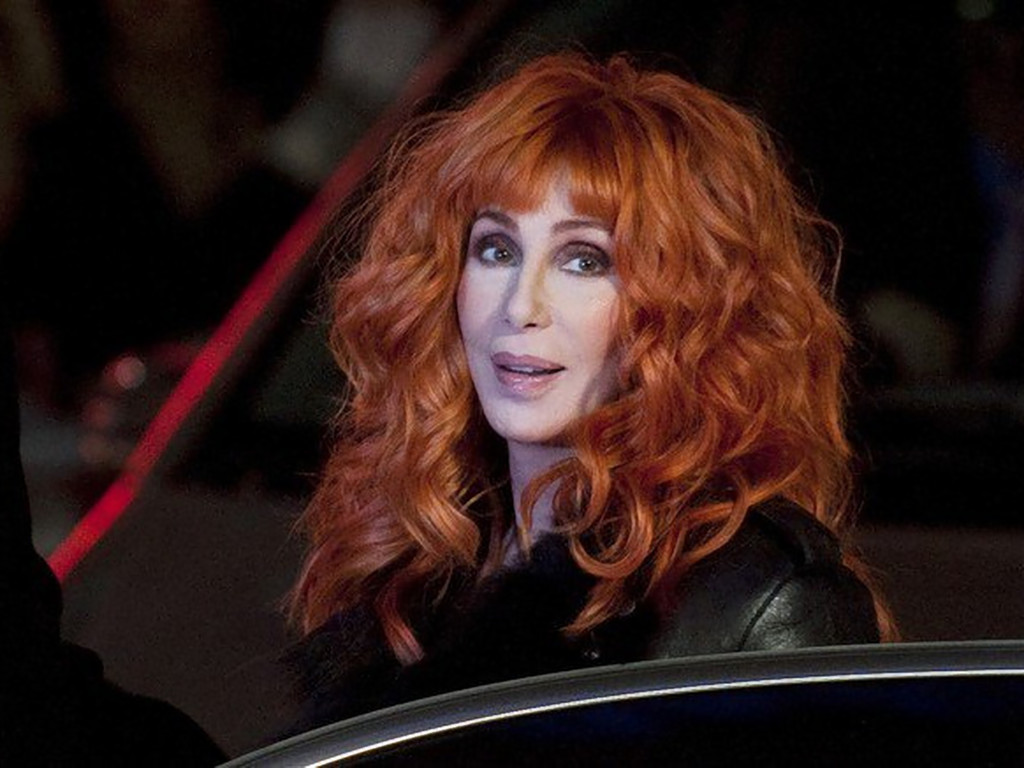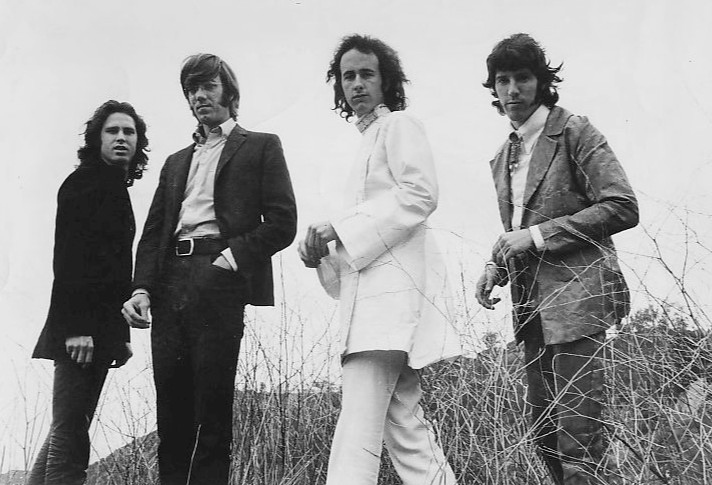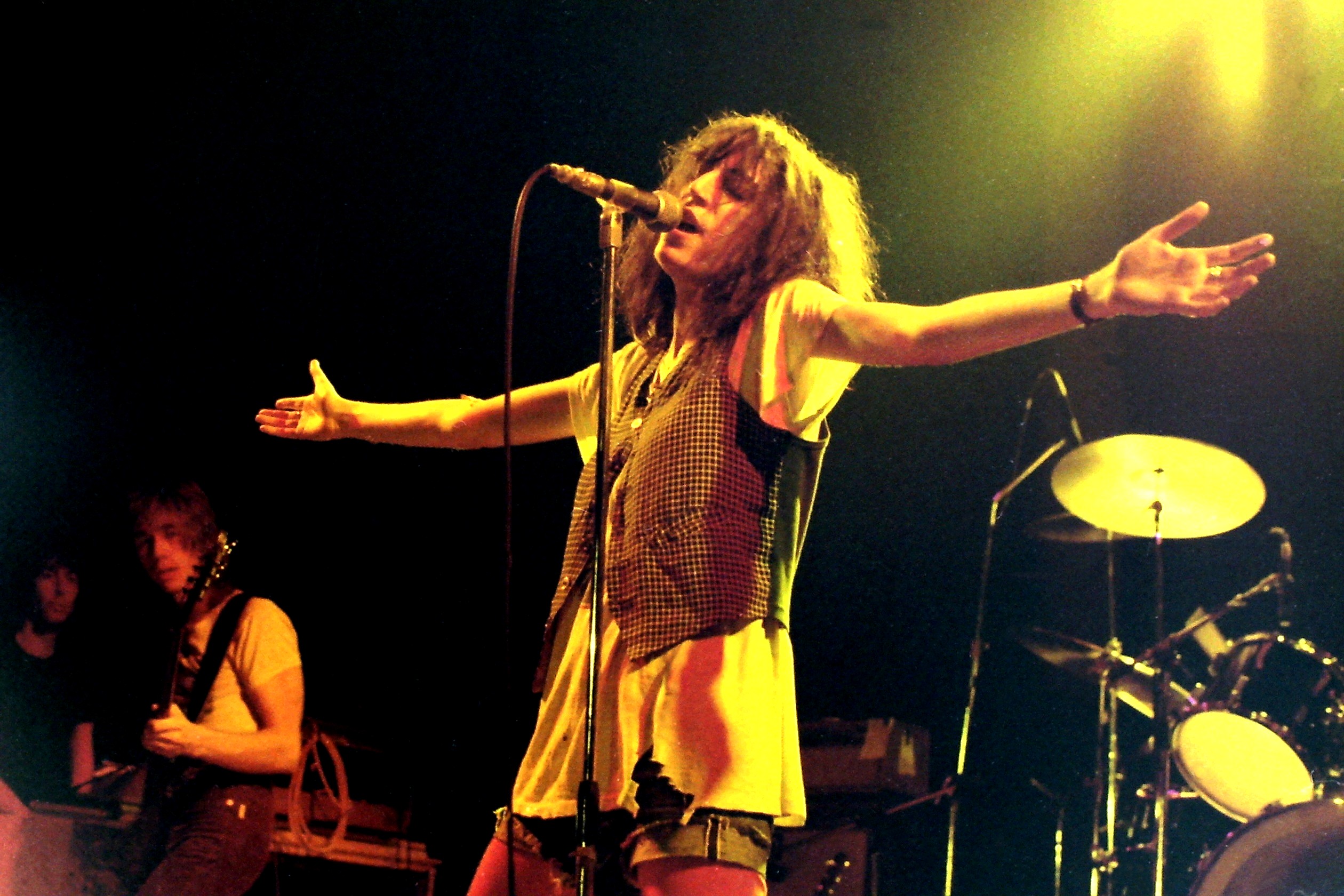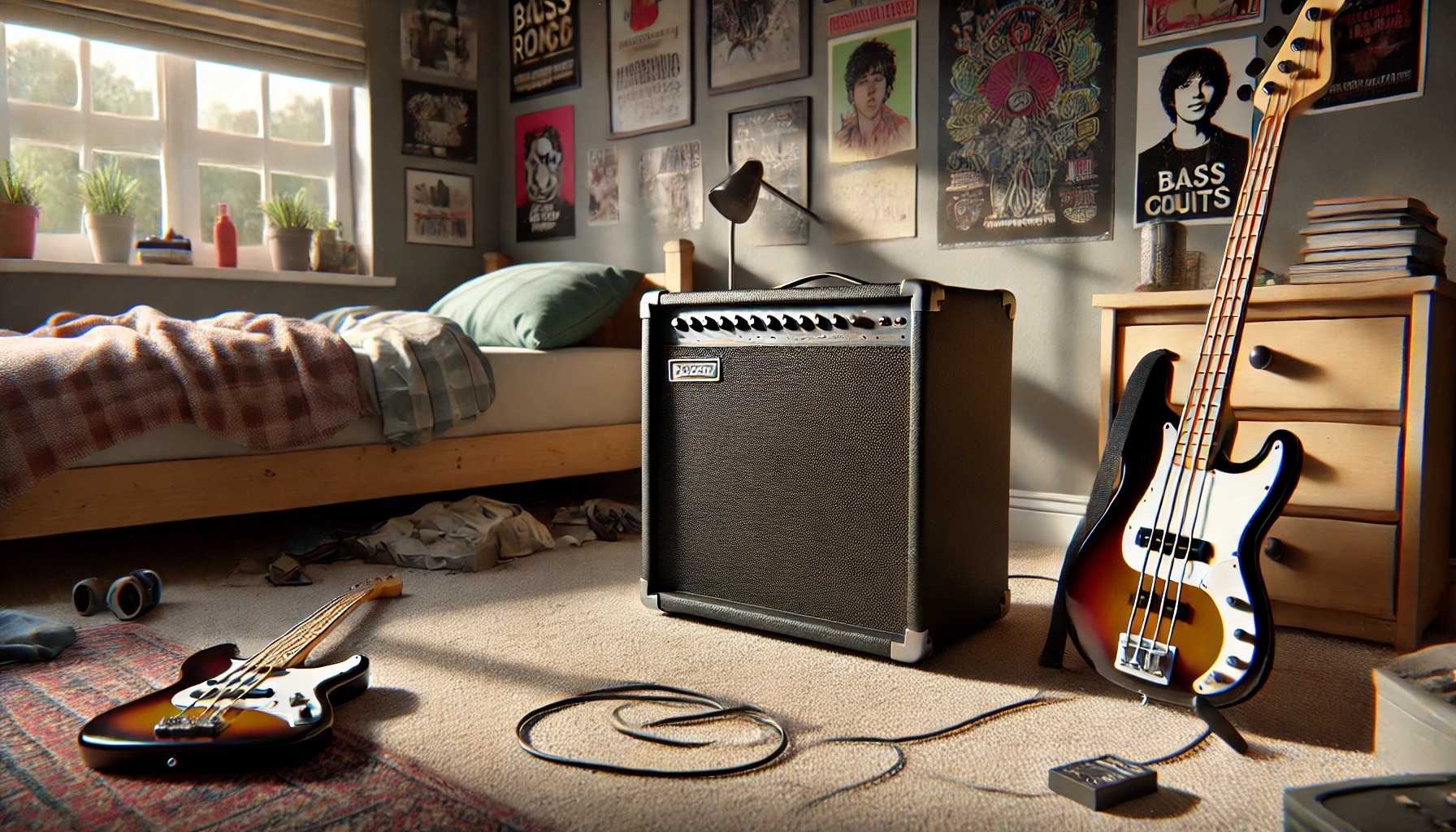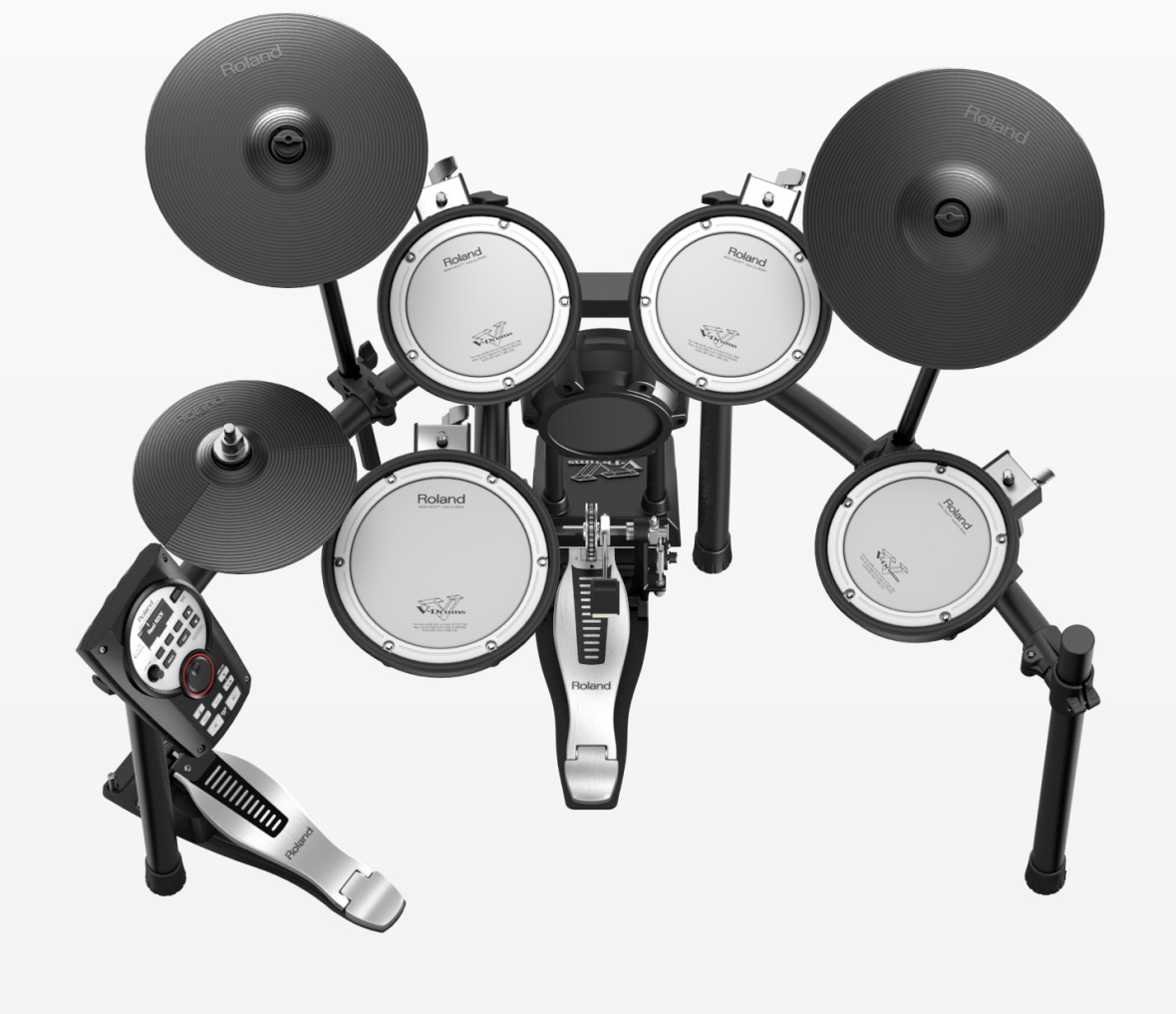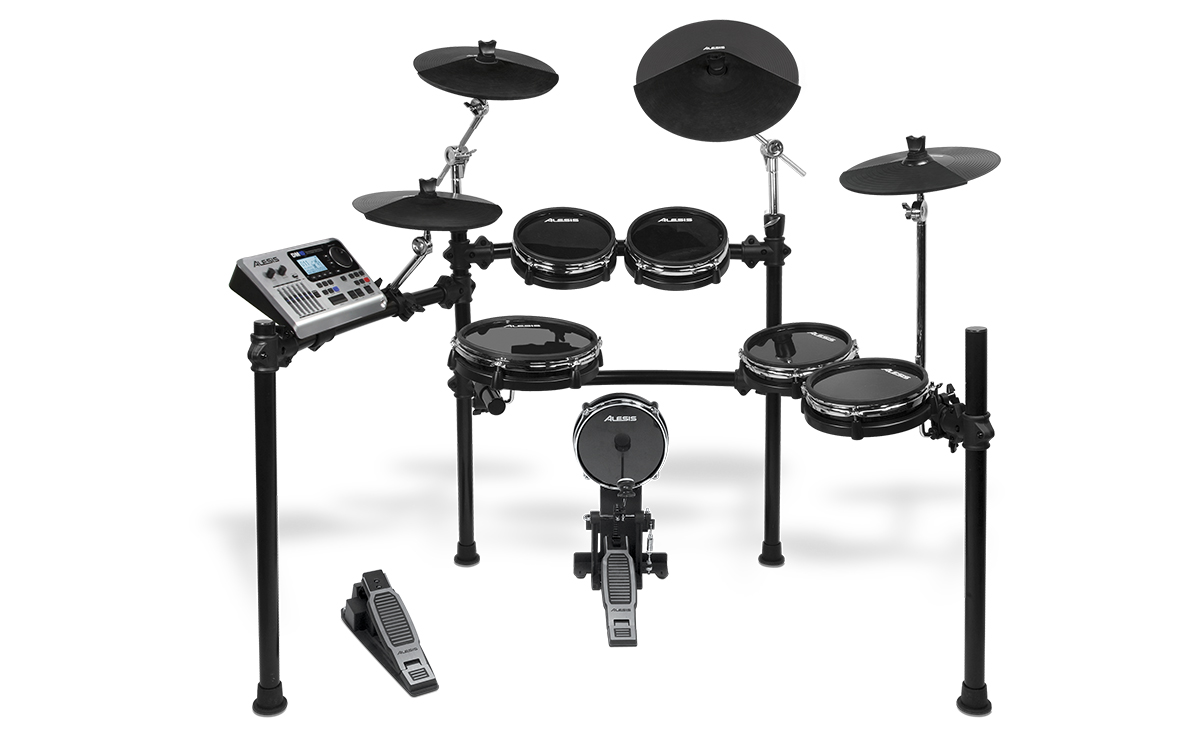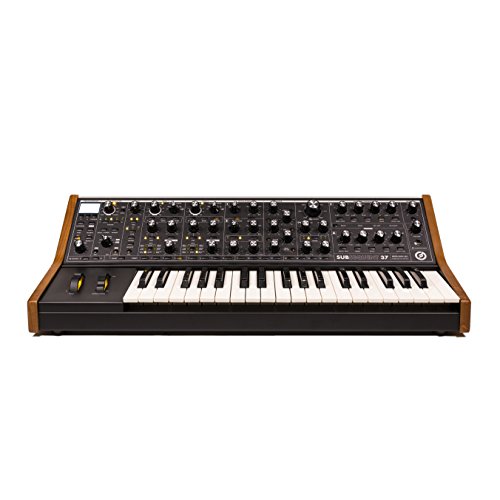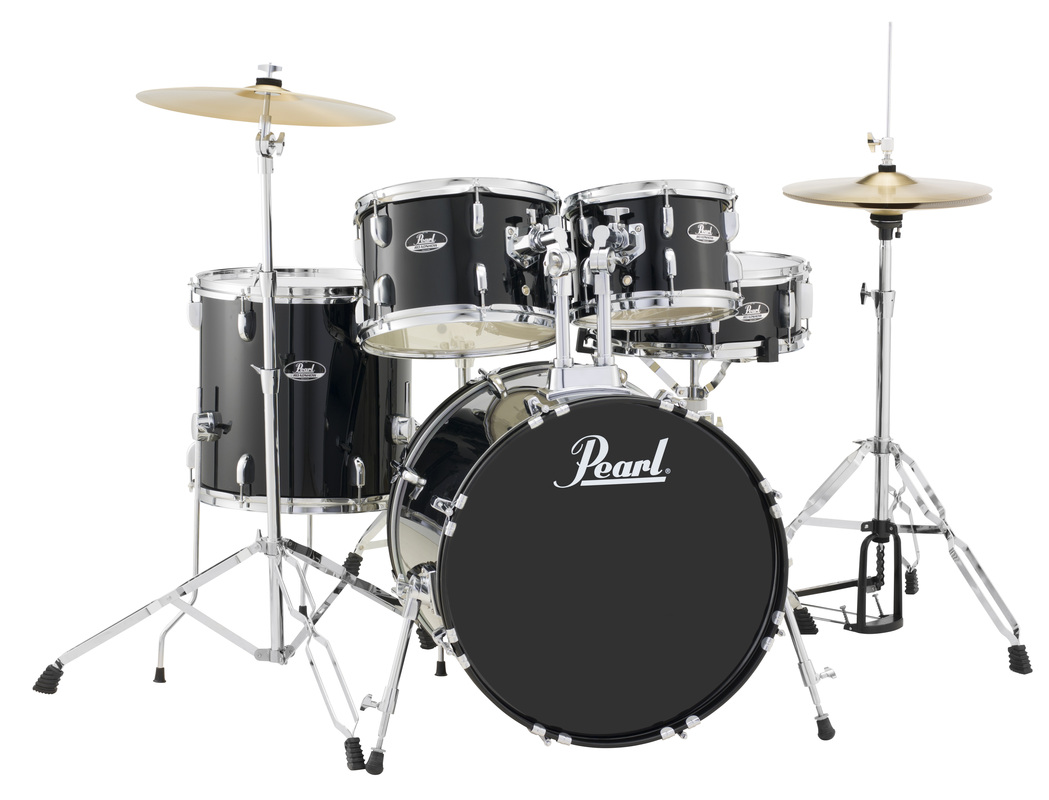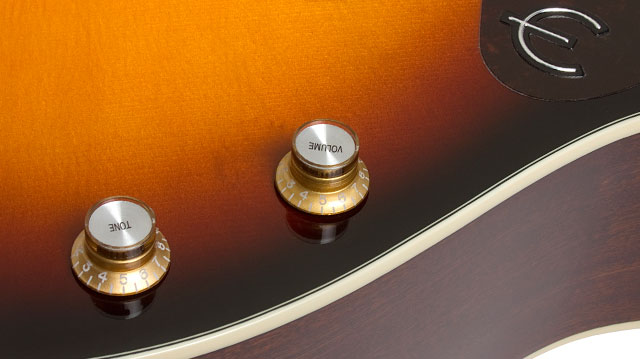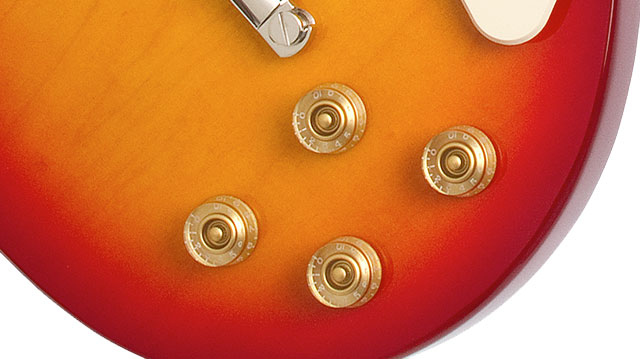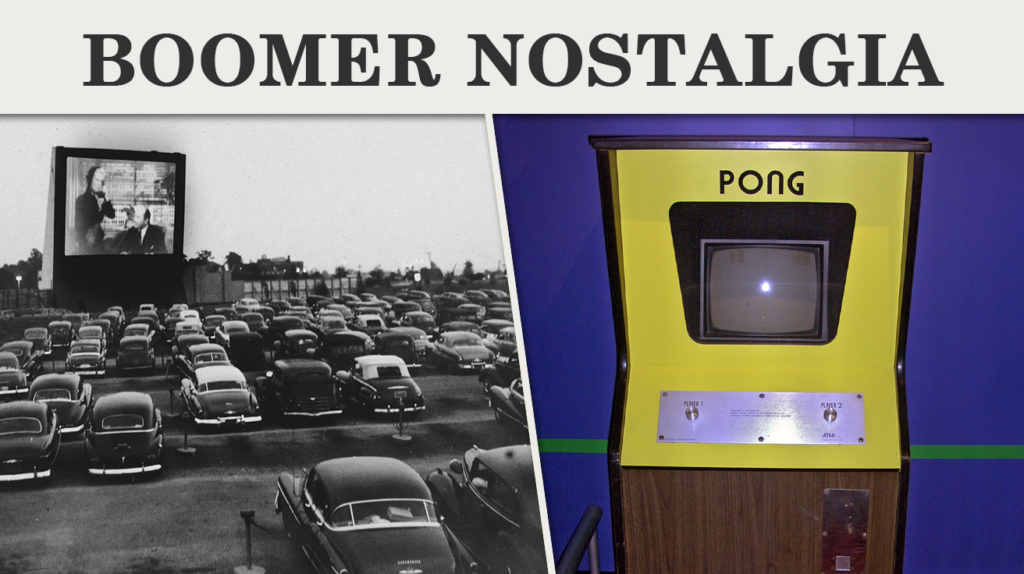
The past wasn’t better – it was bolder. From bellbottoms to boom boxes, 40 cultural touchstones prove how the 60s, 70s, and 80s broke all the rules. Custom vans became rolling art galleries. Graffiti artists turned subways into galleries. Video games grew from Pong to Game Boy.
These decades rewrote the American story.
40. Custom Vans and Road Freedom
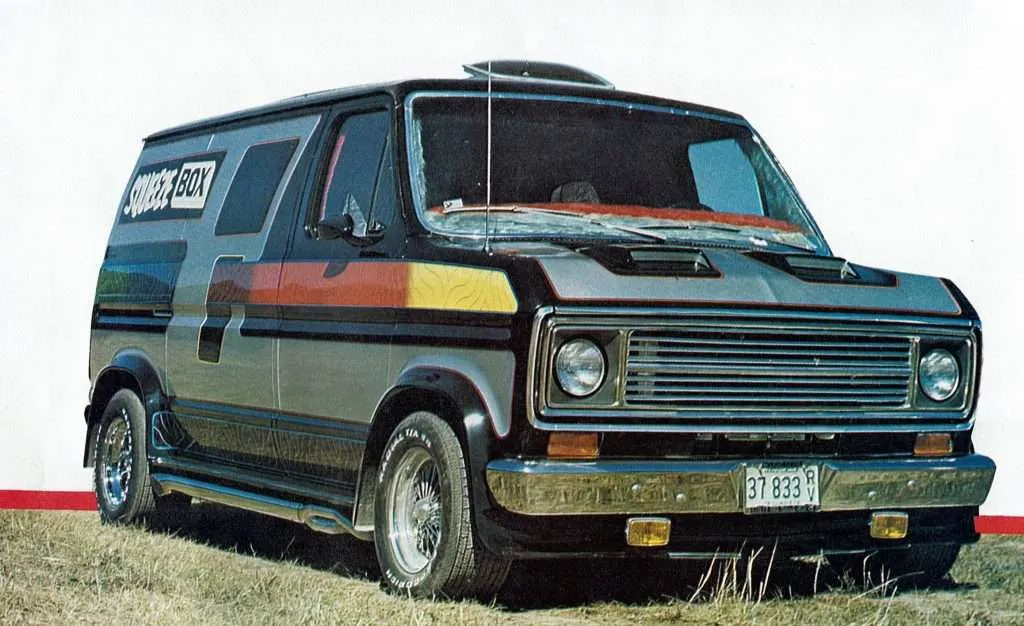
Custom vans emerged as rolling art galleries during America’s creative automotive renaissance. Through detailed murals costing $1,500 to $3,000, standard vehicles transformed into personalized masterpieces. Skilled craftsmen turned interiors into living spaces while artists crafted distinctive exterior designs. At the 1976 National Van Show, 7,500 custom vehicles showcased this cultural revolution. This movement laid the foundation for today’s thriving vehicle personalization industry.
39. Michael Jackson’s Thriller Album

Michael Jackson’s groundbreaking album shattered industry expectations through multimedia innovation. Generating nine Top 10 hits, Thriller redefined entertainment marketing across platforms. Its cinematically-styled videos dominated MTV’s rotation, while merchandise sales reached $100 million. The album’s sophisticated production techniques elevated music videos to an art form. These pioneering strategies continue influencing modern entertainment marketing.
38. Tower Records

Tower Records transformed music retail by pioneering the megastore experience. Stocking 125,000 titles across formats, each location became a cultural hub for music discovery. Knowledgeable staff curated selections while listening stations encouraged exploration. Major releases drew 3,000 fans for midnight events, creating community celebrations. This community-focused model guides contemporary music streaming platforms’ recommendation systems.
37. Bellbottom Pants of the 1970s
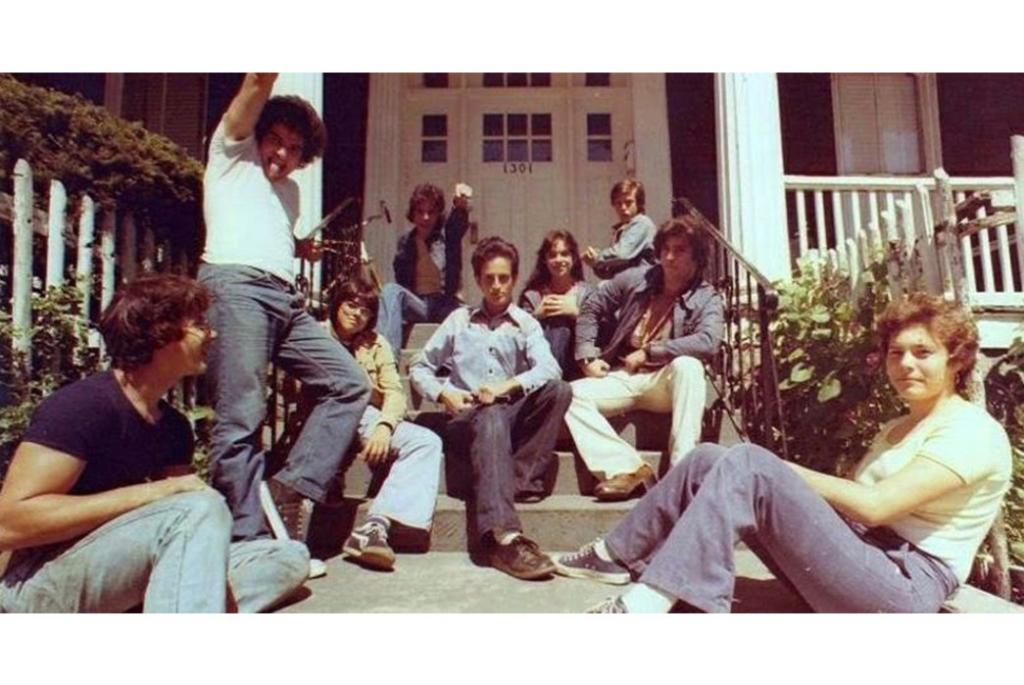
Bellbottom pants redefined fashion through distinctive silhouettes and versatile styling. Flares expanded to 26 inches at the ankle while manufacturers produced 32 fabric varieties. Department stores reported peak monthly sales of 500,000 pairs as trends spread from streets to workplaces. Platform shoes naturally complemented the dramatic lines of these statement pieces. This democratic fashion movement influenced modern adaptable clothing design.
36. Wedding Traditions in the 60s

Wedding celebrations emphasized family bonds through intimate gatherings and personal touches. Ceremonies averaged $2,300 while local musicians performed at 72% of receptions. Decorated cars announced newlyweds through neighborhoods with handcrafted “Just Married” signs and tin can trails. Community members contributed homemade dishes and decorations for receptions. These grassroots celebrations influenced modern DIY wedding trends.
35. The Sesame Street Revolution
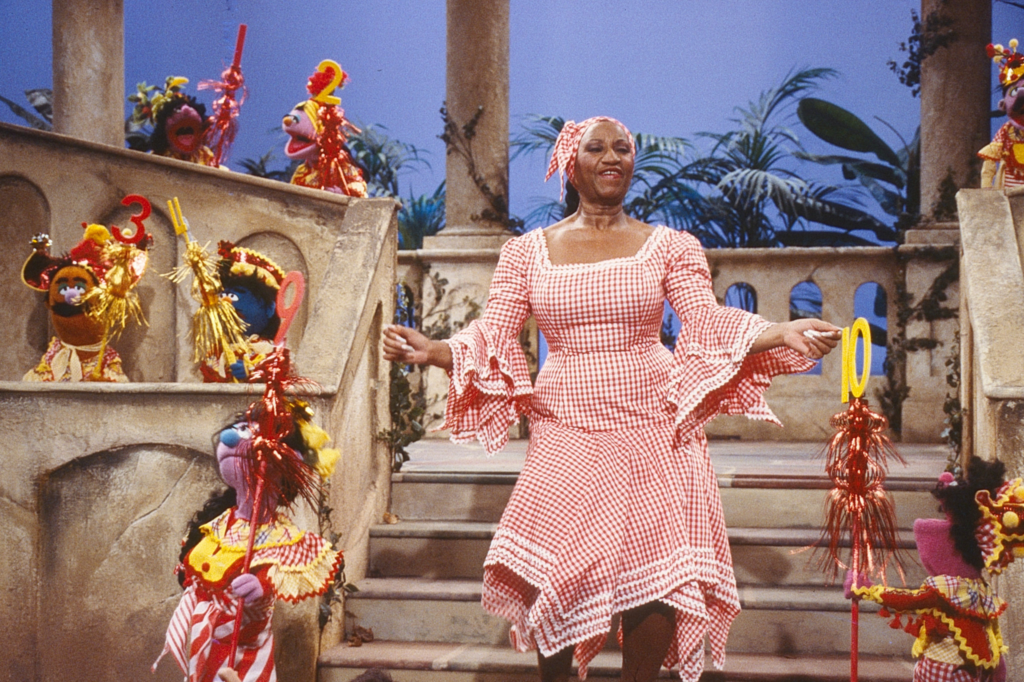
Sesame Street transformed children’s programming through research-based content and inclusive representation. The show reached 12 million homes by 1971 while pioneering educational techniques through puppet-human interactions. Studies showed viewers scored 17% higher on early learning assessments as the format spread to 350 PBS stations. Daily broadcasts combined entertainment with structured lessons across language and mathematics. This educational model established standards for children’s content development worldwide.
34. The Graffiti-Covered New York Subway

New York City’s subway system transformed into a canvas for urban expression during the 1970s. Bold graffiti artwork covered train cars from end to end, creating moving art galleries throughout the city. Artists developed distinctive styles and signatures that gained recognition across neighborhoods. The movement reflected broader social changes and youth culture in the city.
33. Disco Fever and Dance Clubs
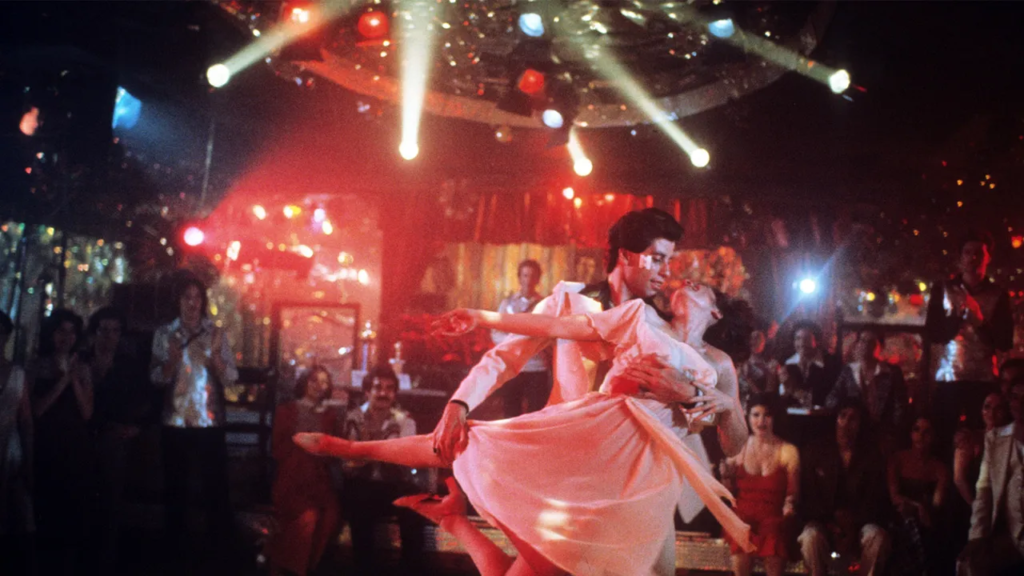
Saturday Night Fever catapulted disco beyond dance floors into mainstream culture. Box office earnings reached $237 million while the soundtrack dominated charts for 24 weeks. Professional dance instructors taught signature moves as social clubs expanded nationwide. Theater attendance exceeded 1.8 million opening weekend. This cultural phenomenon reshaped entertainment marketing strategies.
32. Miniskirts and 60s Fashion Freedom
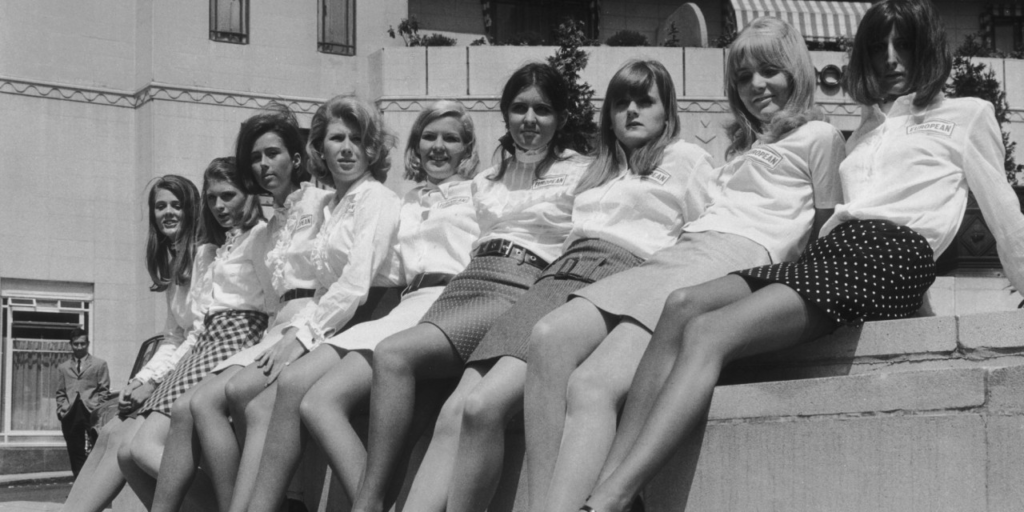
The miniskirt represented a dramatic shift in fashion and social norms during the late 1960s. Designer Mary Quant popularized hemlines that rose 6-7 inches above the knee, challenging traditional dress codes. Young women embraced this bold style as a symbol of personal freedom and changing social attitudes. The trend influenced workplace attire and casual fashion throughout the decade.
31. E.T. the Extra-Terrestrial Takes Over the 80s
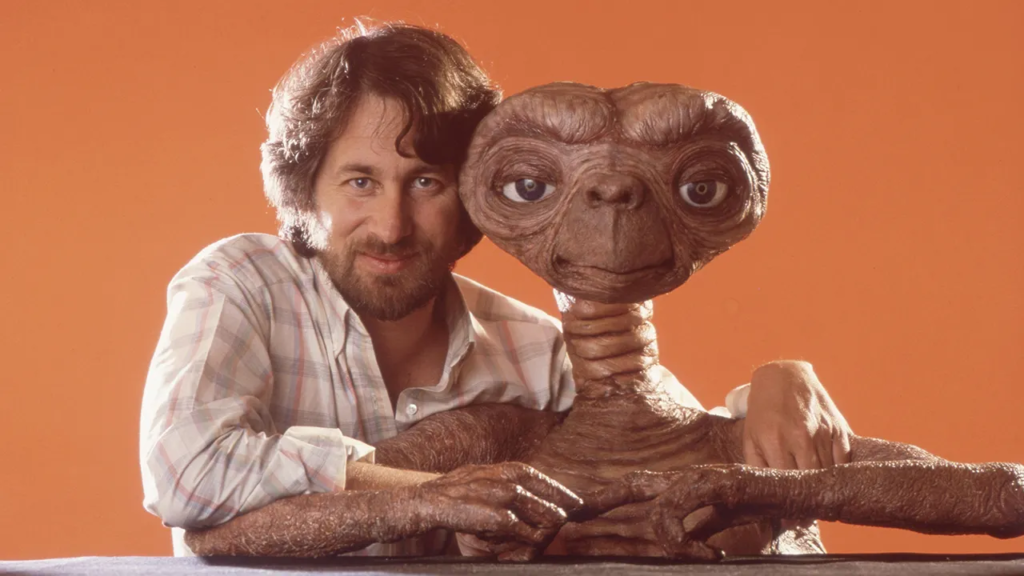
E.T. revolutionized special effects and merchandising potential. The film earned $619 million globally with minimal marketing. When you watched E.T., groundbreaking puppetry created believable alien interactions. The production budget of $10.5 million generated unprecedented returns. Licensed products generated $1.5 billion in sales.
30. Cabbage Patch Kids Craze

Cabbage Patch Kids redefined toy marketing through artificial scarcity. Each doll featured unique facial features from 36 variations. You could find adoption papers with individual birth dates and names. Production reached 30,000 units daily. Holiday season riots occurred at 2,000 retail locations.
29. The Game Boy Era
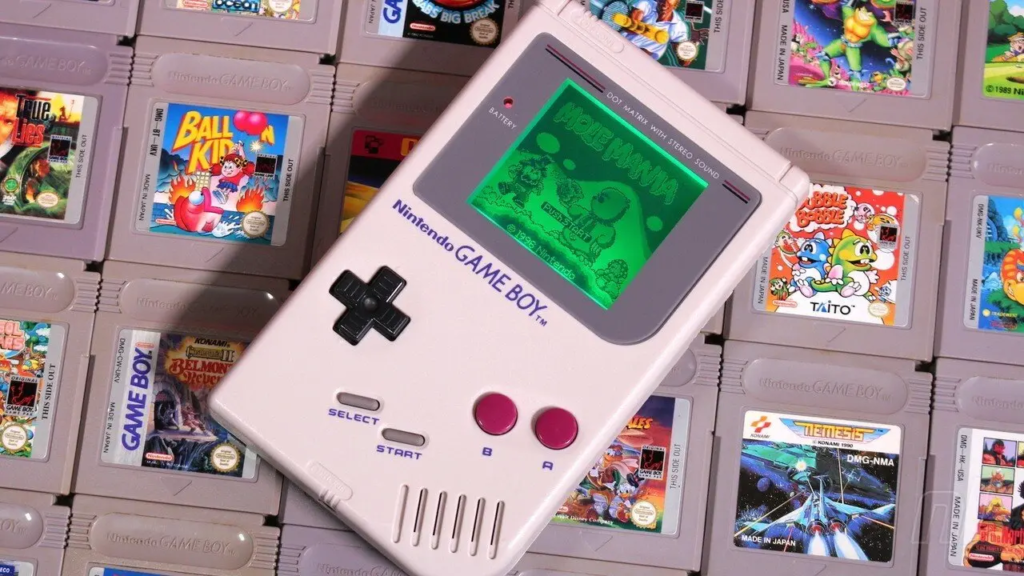
Nintendo’s Game Boy transformed entertainment mobility. The device operated 30 hours on four AA batteries. Programming limitations created distinctive grey-scale graphics. When you played Tetris, competitive scoring drove social interaction. Initial shipments of 1.5 million units sold out within weeks.
28. Early Cell Phones in the 80s

Motorola’s DynaTAC pioneered cellular communication at $3,995. The phone lasted 30 minutes per charge. Business executives dominated early adoption. When you placed calls, coverage extended 12 miles from towers. Monthly service cost $150 plus airtime charges.
27. Lynda Carter as Wonder Woman
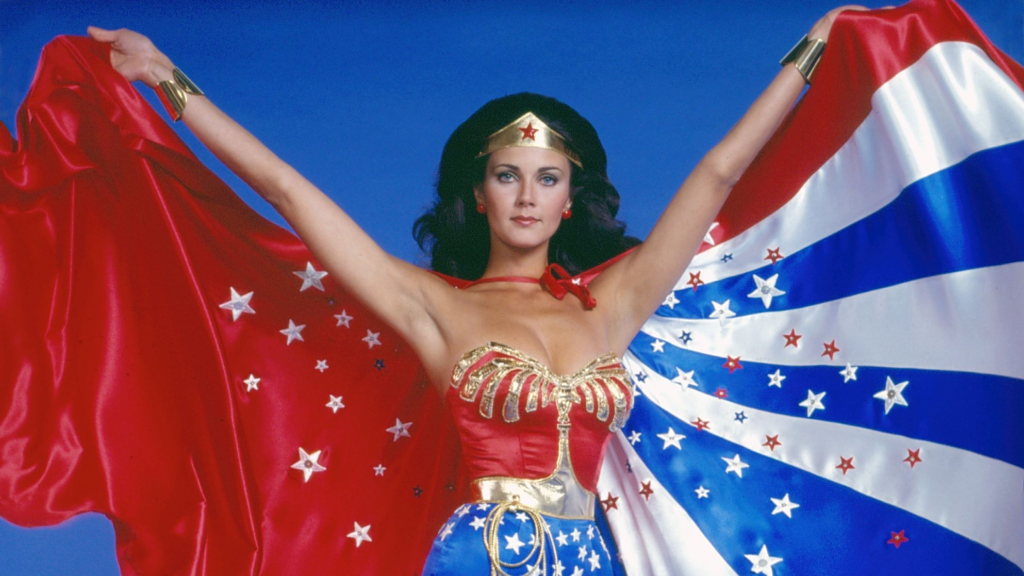
Lynda Carter’s portrayal established female superhero standards. The show drew 18 million viewers during prime episodes. Advanced effects created $35,000 per episode in additional costs. You could watch groundbreaking action sequences weekly. International syndication reached 92 countries simultaneously.
26. Adult Theaters in the 1970s
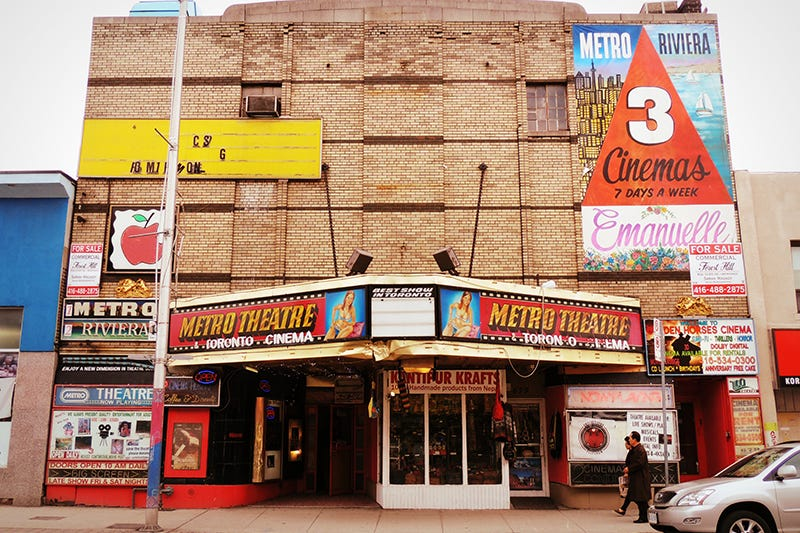
Adult theaters reflected changing social attitudes toward sexuality in American culture. These venues typically operated in urban entertainment districts alongside mainstream theaters. The rise of home video technology in the late 1970s began shifting viewing habits. Local ordinances and community standards shaped these establishments’ operations.
25. The Walkman Revolution
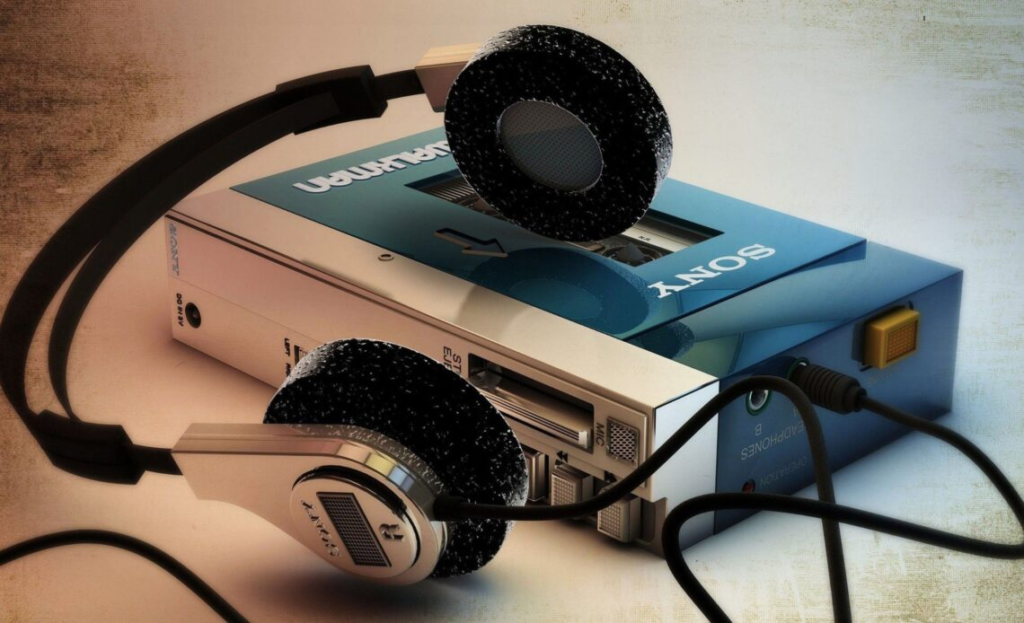
Sony’s Walkman created personal music spaces through mobility. Initial models cost $199 and weighed 14 ounces. When you purchased tapes, retailers offered 90-minute recording options. Battery life reached 8 hours continuous play. Manufacturing efficiency reduced prices 45% annually.
24. Boom Boxes and Hip-Hop Culture
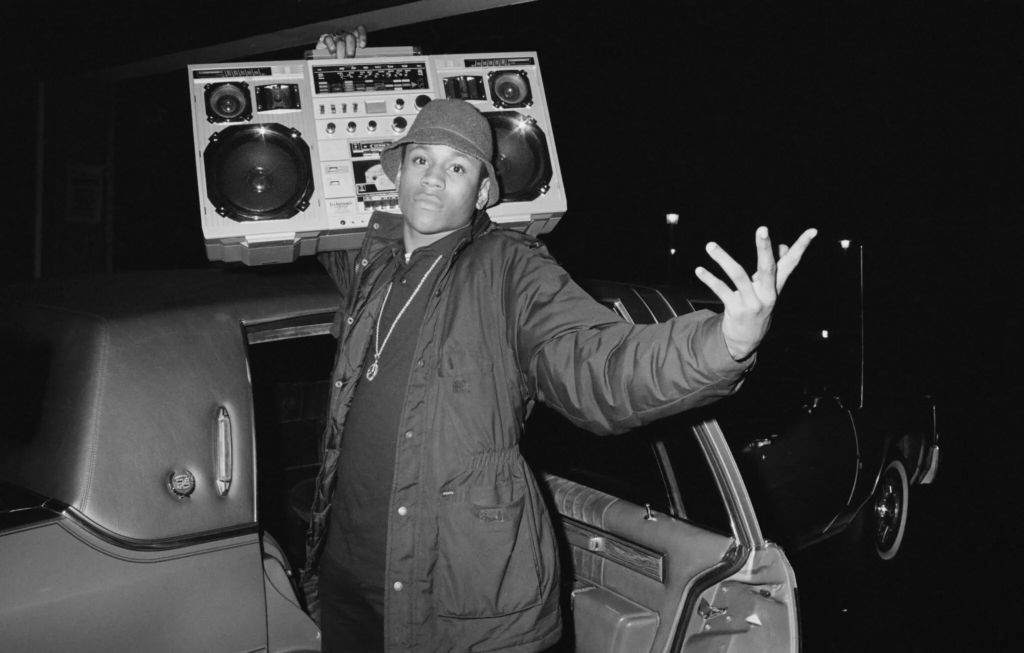
Boom boxes defined urban soundscapes with powerful audio systems. Premium JVC models delivered 200 watts through dual speakers so you could hear these sound systems from 300 feet away. Street performers utilized dual cassette features for extended play. Component costs dropped from $500 to $150.
23. The Birth of the Video Game Industry

Atari’s Pong launched commercial gaming with 8,000 arcade units sold initially. Each machine generated $200 weekly in quarters during peak popularity. You could find these cabinets in bowling alleys, bars, and dedicated arcades. The simple gameplay mechanics established fundamental gaming principles. Total industry revenue reached $1 billion by 1974.
22. Arnold Schwarzenegger: The Bodybuilding Sensation
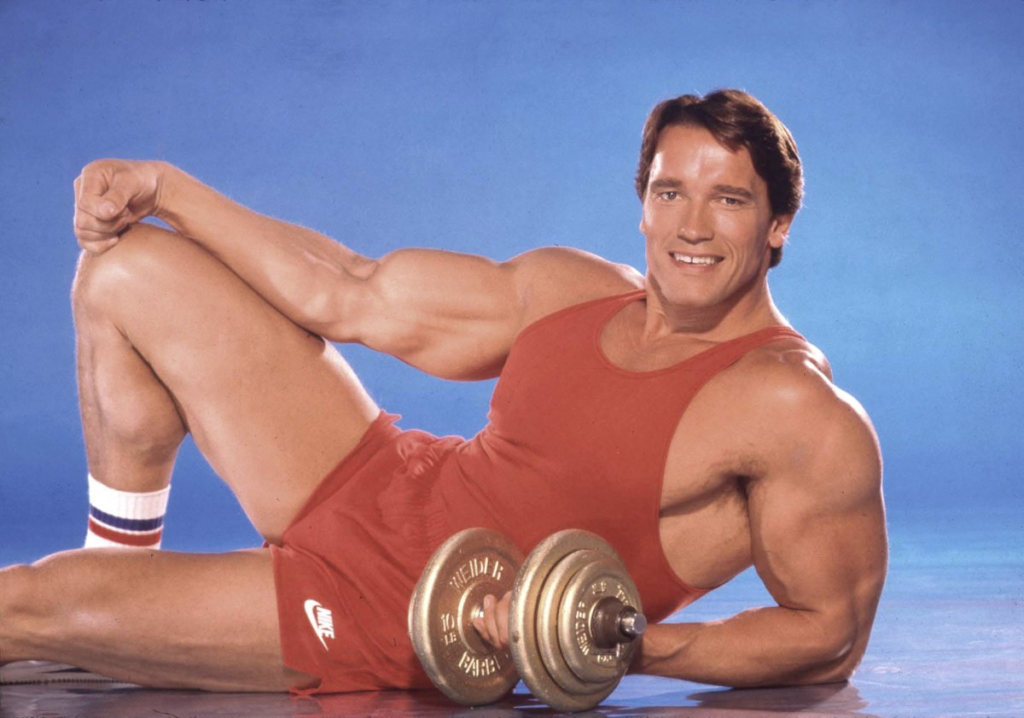
Arnold’s seven Mr. Olympia titles transformed bodybuilding’s public image. Gym memberships increased 300% during his competitive peak. When you visited a gym, his training principles influenced workout routines. Magazine sales featuring his articles exceeded 500,000 copies monthly. The sport’s popularity led to 3,000 new gyms opening nationwide.
21. Jane Fonda’s Workout Craze
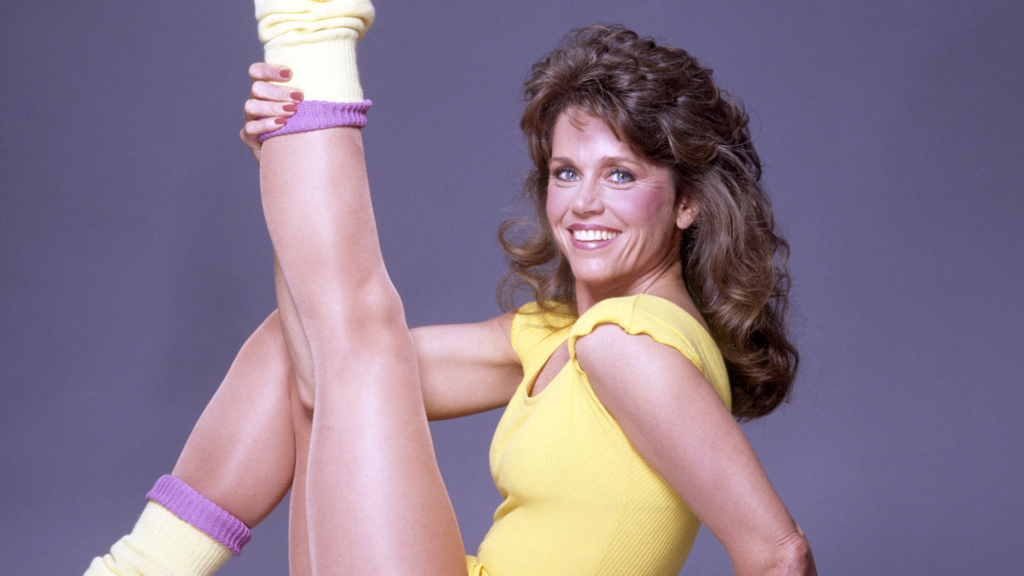
Jane Fonda’s workout empire sold 17 million video copies. Her programs introduced 20 unique exercise routines. You could access professional fitness instruction at home for $59.95 per tape. Weekly classes reached 50,000 participants through video workouts. The movement generated $200 million in annual revenue.
20. Venice Beach Skating and Retro Fashion

Venice Beach pioneered street performance culture through artistic innovation. Daily crowds reached 10,000 while professional skaters earned $500 weekly. Local businesses generated $12 million annually through tourism and retail. Youth fashion trends spread nationally from this cultural hub. These outdoor performance spaces inspired modern urban entertainment districts.
19. Burger King’s Customization Revolution
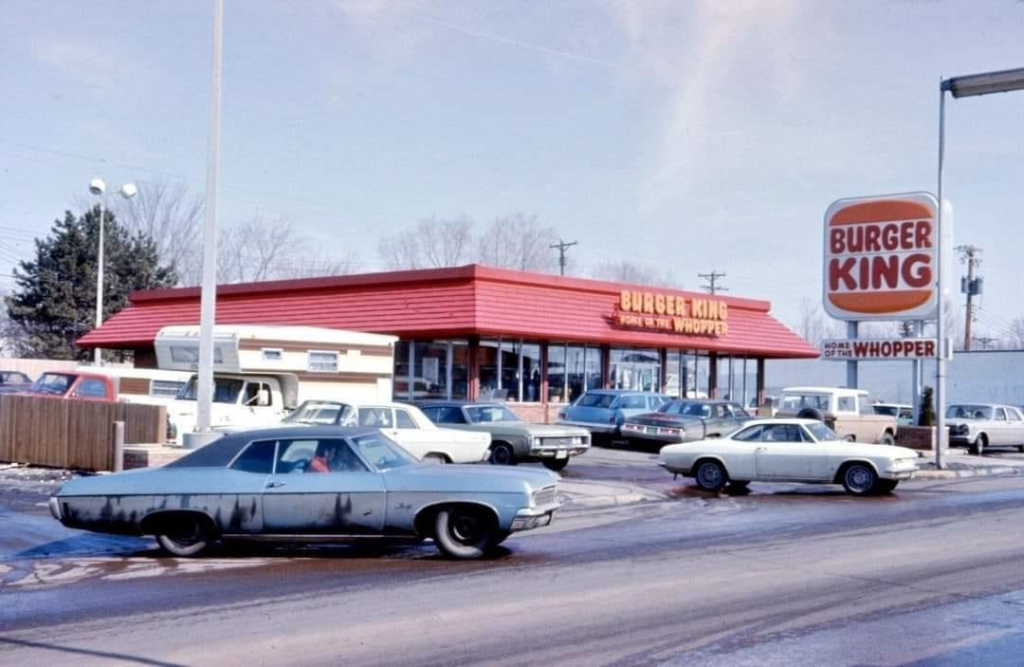
Burger King transformed fast food through personalized ordering systems. Custom combinations exceeded 1,024 possibilities while maintaining 4-minute preparation times. Customer satisfaction reached 92% as sales increased 40% post-campaign. The “Have It Your Way” promise redefined service standards. This customization model revolutionized quick-service restaurant operations.
18. Street Basketball in the 70s
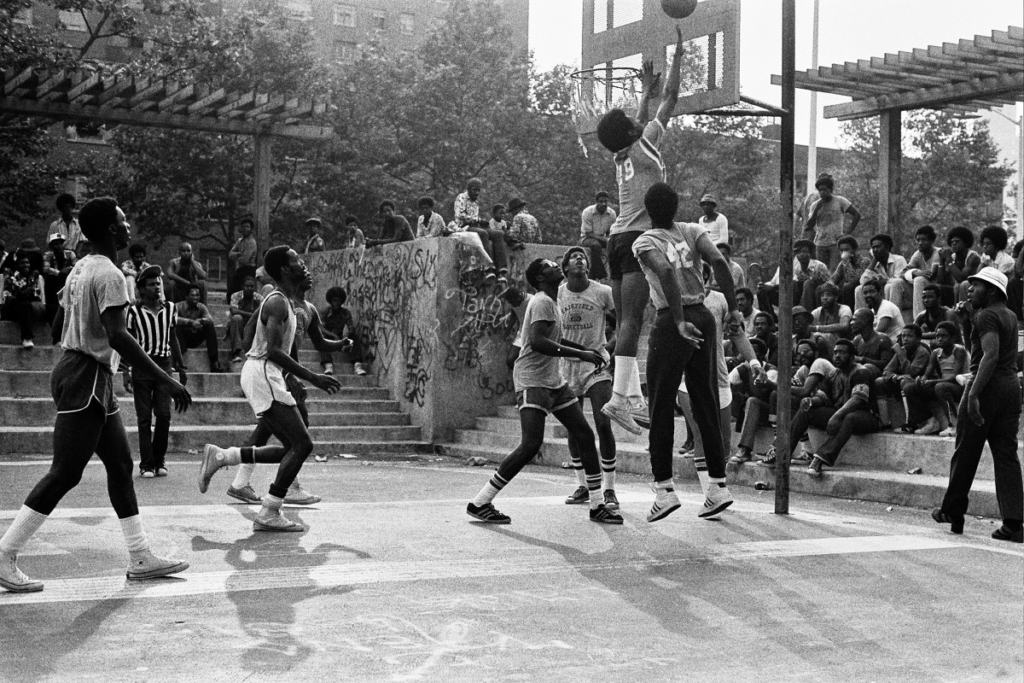
Street basketball fostered community development through competitive play. Tournaments offered $1,500 prizes while courts hosted 300 players daily. Innovative defensive strategies emerged as future professionals honed skills. Local leagues united neighborhoods through organized competition. These grassroots programs created pathways for athletic advancement.
17. The Luxury of Green Leather Interiors in Classic Cars

American luxury cars featured distinctive green leather interiors and premium materials in the 1960s and 1970s. Chrome accents and wood trim created an atmosphere of sophistication. These vehicles offered power windows and air conditioning as standard features. The craftsmanship reflected peak American automotive design.
16. The Simple McDonald’s Menu of the 60s and 70s

McDonald’s original menu featured simple, affordable options in the 1960s and 1970s. Hamburgers cost just 15 cents, making fast food accessible to most families. The introduction of drive-thru service in 1975 transformed the industry. The streamlined menu focused on quality and efficiency.
15. Tomorrowland’s Vision of the Future in 1966
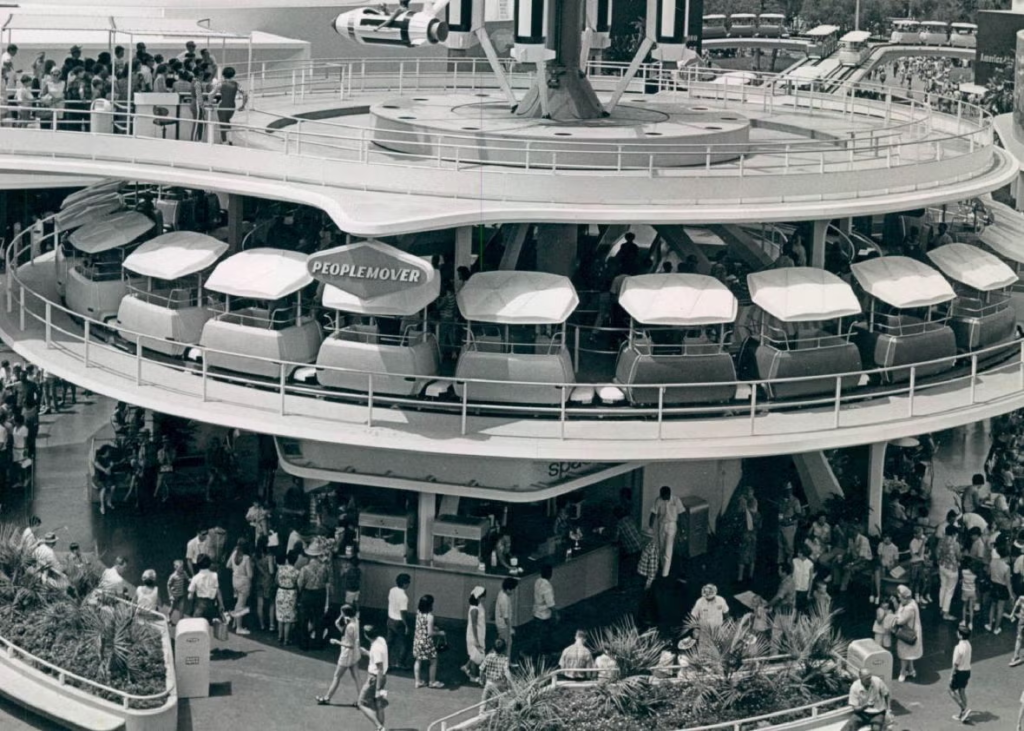
Tomorrowland showcased technological possibilities through interactive exhibits. Daily attendance reached 27,000 visitors. You could experience prototype technologies decades ahead. Investment totaled $31 million in advanced displays. The attraction predicted 70% of current innovations.
14. The Tie-Dye Explosion of the 1970s

Tie-dye techniques created individualized wearable art. Craftspeople developed 42 folding patterns for unique designs. When you created tie-dye, each piece required 3 hours of processing. Commercial production reached 75,000 units monthly. Retail prices ranged from $8 to $35.
13. 1979’s “Huge” TVs with Built-in VCRs

Combined TV-VCR units revolutionized home viewing through programmable recording. 26-inch screens delivered theater-quality images while 6-hour tapes captured entire broadcasts. Manufacturing advances reduced prices to $1,100, expanding market access. Weekly programming guides enhanced recording precision. This technology democratized content consumption patterns.
12. The 1957 Ford Fairlane: A Family Favorite
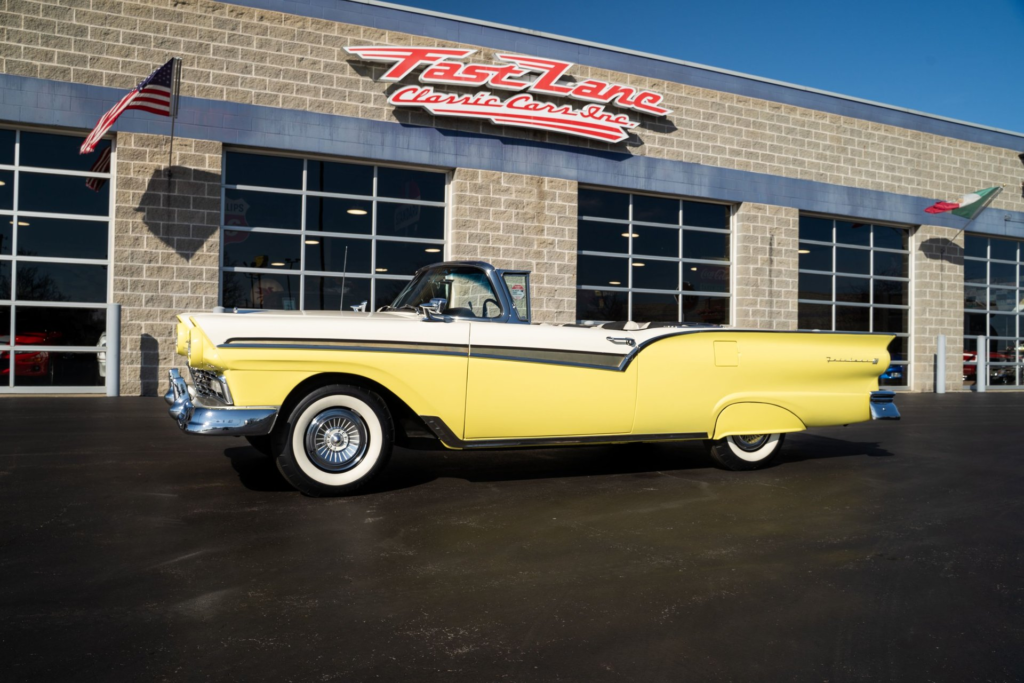
Ford’s Fairlane defined family transportation standards. Engine options peaked at 292 horsepower. The model offered 20 cubic feet of trunk space. When you drove a Fairlane, premium features came standard. Annual production reached 650,000 units.
11. Suburban Life and Classic Station Wagons

Station wagons dominated family vehicles through versatile design. Cargo capacity reached 95 cubic feet with seats folded. These vehicles comprised 31% of total car sales. When you traveled, wood-grain panels distinguished premium models. Production peaked at 800,000 units annually.
10. Disco Dominates: Saturday Night Fever and John Travolta’s Moves
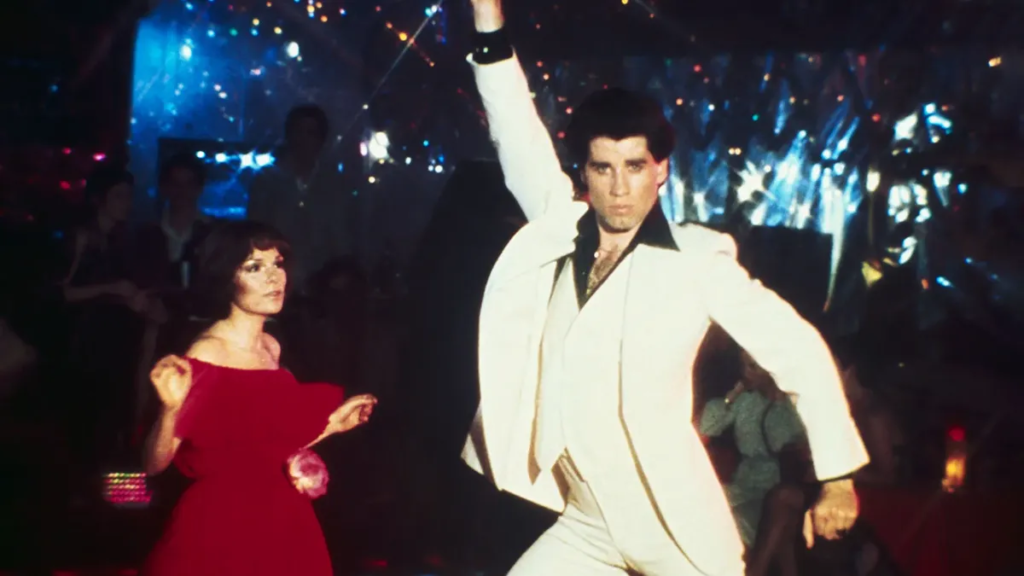
Saturday Night Fever transformed disco into mainstream entertainment. Box office earnings reached $237 million globally. The soundtrack remained at #1 for 24 consecutive weeks. When you watched Travolta’s performance, precise choreography elevated disco dancing. Theater attendance exceeded 1.8 million opening weekend.
9. Surf, Sun, and Style: Malibu Beach in the 60s

Malibu defined California’s coastal culture through world-class surfing conditions. Professional surfers mastered 10-foot custom boards while daily crowds reached 18,000 visitors. Classic cars lined 3 miles of pristine coastline as local businesses thrived. Surf shops generated $8 million annually through equipment and fashion sales. This iconic beach culture established blueprints for coastal lifestyle branding.
8. Stylish Flight Attendants of the 60s

Airlines elevated travel experiences through sophisticated uniform design. Collections featured 4 seasonal variations while representing 15 major carriers with distinct styles. Design budgets exceeded $2.5 million annually as airlines competed for premium passengers. Flight attendants embodied professional elegance through coordinated ensembles. This emphasis on design excellence transformed service industry presentation standards.
7. Iconic 60s Beauty Salons: Chasing the Voluminous Look

Salon culture wove beauty services into the fabric of community connection. Professional stylists devoted 2.5 hours per client while elevating personal style through innovative techniques. Weekly appointments combined artistry with sophisticated hair products, requiring 3 cans of premium hairspray. Conversations flowed naturally as dryers hummed, generating $2 billion in annual revenue. These beauty rituals shaped modern salon-client relationships and service expectations.
6. Drive-Ins and Their Speaker Systems
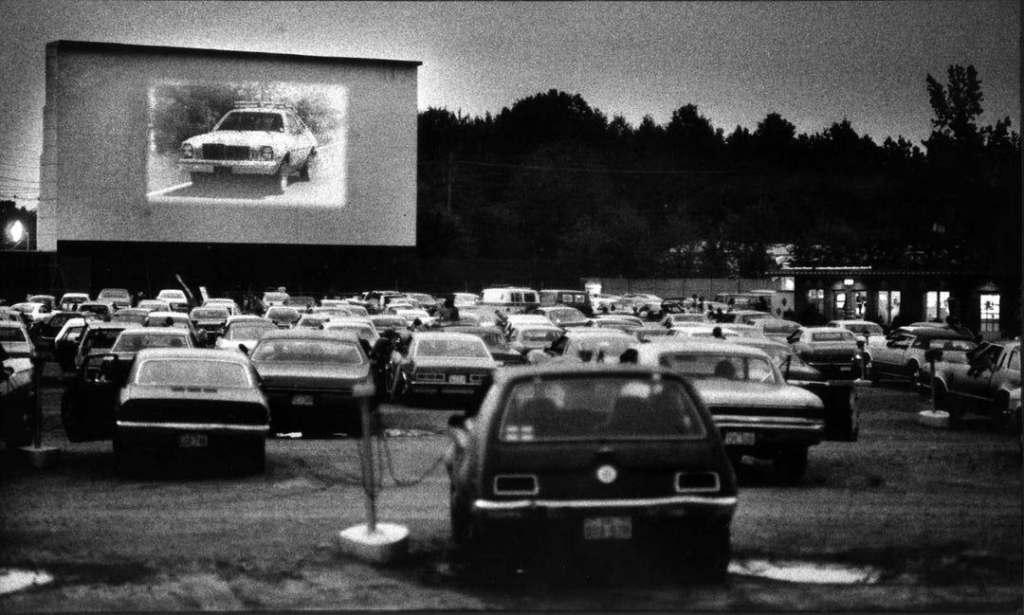
Drive-in theaters created intimate entertainment spaces within public gatherings. Evening tickets cost 85 cents while concessions drove profitability through family-sized portions. Venues accommodated 375 cars nightly as communities gathered under the stars. Youth culture flourished in these supervised social settings. These venues pioneered experiential entertainment concepts.
5. The Prom Tradition: A 1961 Snapshot of Youth

School formals marked cultural transitions through shared celebration. Families invested $52 in handmade dresses while local businesses supported events through decorations and services. Professional photographers captured 250 portraits per event at $5 each. Participation reached 89% of eligible students. These traditions shaped modern coming-of-age celebrations.
4. Pinball Machines and the Rise of Arcade Culture
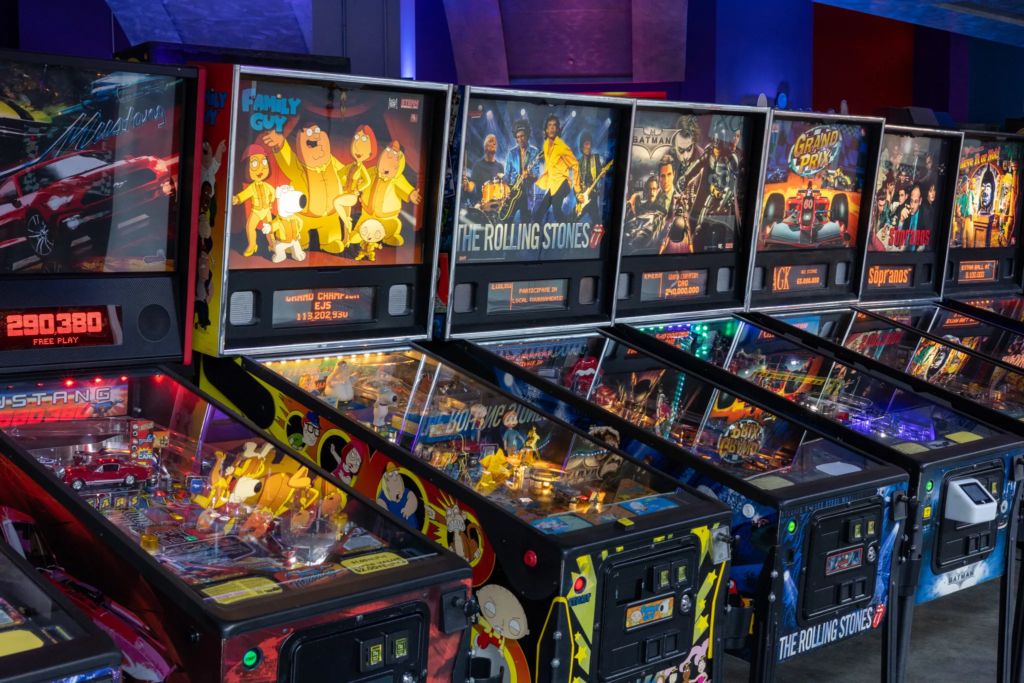
Arcade installations pioneered electronic entertainment. Popular machines earned $125 daily in quarters. Competition prizes reached $750 by 1975. When you played pinball, mechanical precision determined success. Location numbers expanded 500% in five years.
3. The Cool Kid Status of LA Gear Sneakers in the 80s

LA Gear revolutionized athletic footwear through bold design choices and marketing strategies. Offering 28 color combinations, the brand captured young consumers’ imagination with distinctive styling. Advanced features included light-up soles while prices remained accessible at $55 to $85. Sales soared to $1 billion as popularity grew. This bold approach to footwear design continues influencing modern sneaker culture.
2. Roller Disco Fever of the 1970s

Roller disco merged athletic skill with musical expression through synchronized movement. Weekly competitions drew 450 participants while offering $1,200 prize pools. Advanced skaters developed signature moves as beginners mastered fundamentals in dedicated practice sessions. Monthly memberships provided affordable access at $35. This fusion of dance and sport influenced future fitness-entertainment hybrids.
1. Loose Kids, No Seatbelts: Road Trips in the 60s and 70s

American families embraced highway freedom through extended summer adventures. Trips averaged 3,200 miles while fuel costs remained stable at 32 cents per gallon. Station wagons dominated family transport, carrying 72% of vacation travelers across state lines. Roadside motels provided affordable rest stops at $12 nightly. These cross-country journeys established enduring patterns for American leisure travel.
